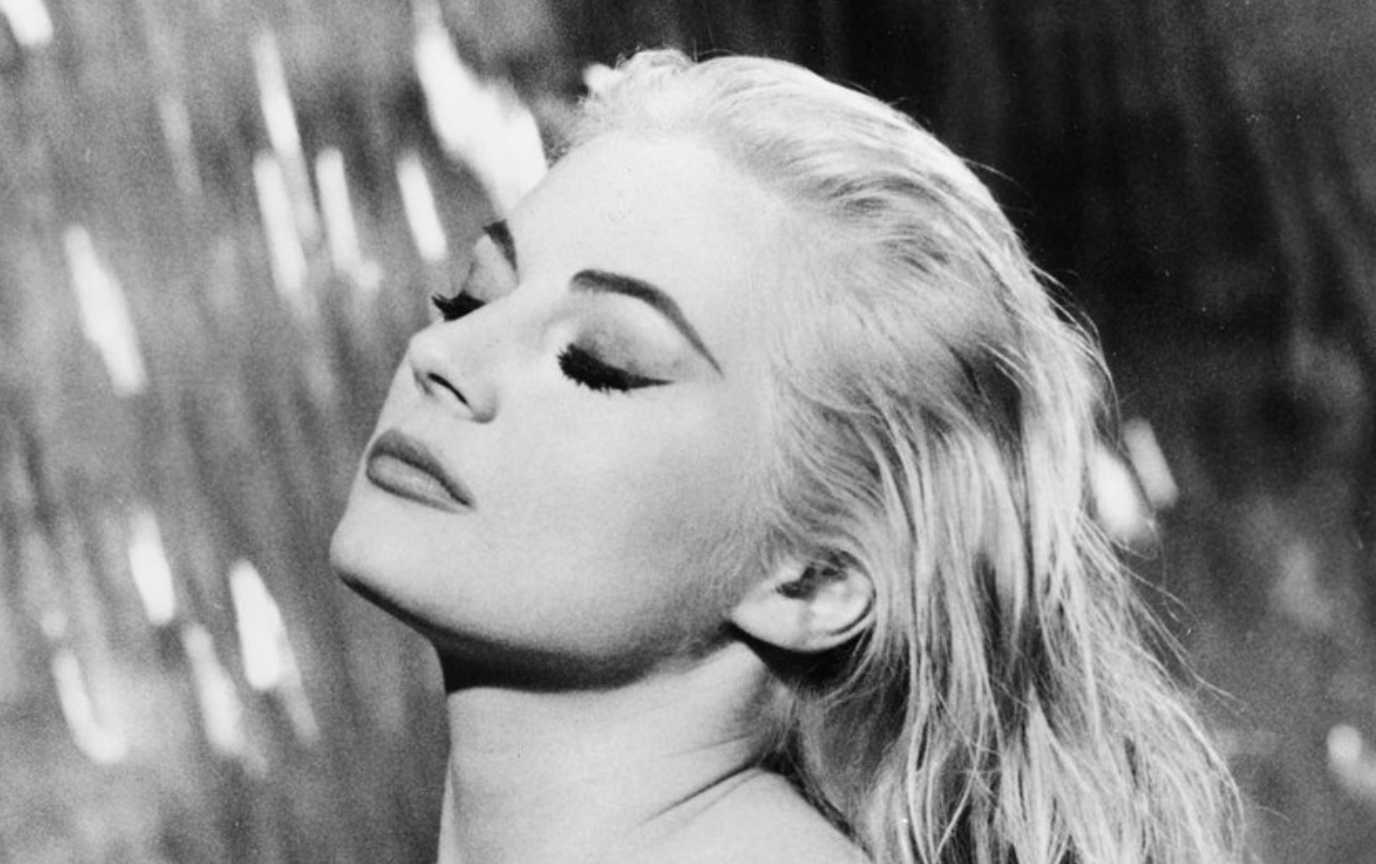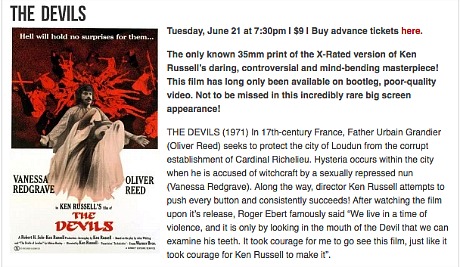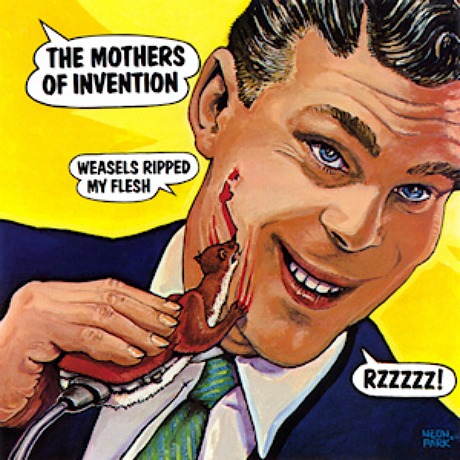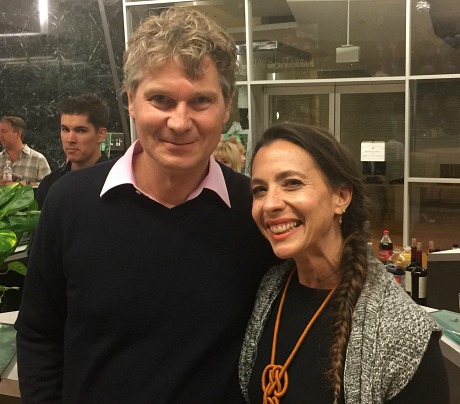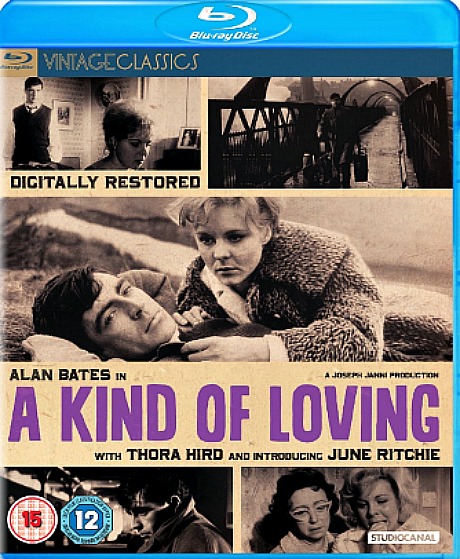I was speaking earlier today to author-critic Shawn Levy, and he was telling me about his latest book — “Dolce Vita Confidential: Fellini, Loren, Pucci, Paparazzi, and the Swinging High Life of 1950s Rome” (Norton, 10.4.16).
It’s really about a Roman era that lasted from the mid ’50s until the making of Cleopatra in ’61 and ’62. The Roman decadence thing was actually thriving right alongside the Frank Sinatra-Dean Martin-Peter Lawford-Sammy Davis, Jr. Rat Pack thing (which Levy wrote about a few years ago). Both eras came crashing to a close with the coming of the Beatles in late ’63, which signaled the turning of a generational page. And then the British invaders merged with the whole folk-rocky, Dylan-influenced, Civil Rights movement thing, and then the early-acid-tripping, “grow your hair and start pushing back against the establishment” mentality of ’64 through ’66 kicked in, which then triggered the counter-culture.

Boilerplate: “From the ashes of World War II, Rome was reborn as the epicenter of film, fashion, creative energy, tabloid media, and bold-faced libertinism that made ‘Italian’ a global synonym for taste, style, and flair.
“A confluence of cultural contributions created a bright, burning moment in history: it was the heyday of fashion icons such as Pucci, whose use of color, line, and superb craftsmanship set the standard for women’s clothing for decades, and Brioni, whose confident and classy creations for men inspired the contemporary American suit. Rome’s huge movie studio, Cinecitta, also known as ‘Hollywood-on-the Tiber,’ attracted a dizzying array of stars from Charlton Heston, Gregory Peck, Audrey Hepburn, Ava Gardner and Frank Sinatra to that stunning and combustible couple, Elizabeth Taylor and Richard Burton, who began their extramarital affair during the making of Cleopatra.

